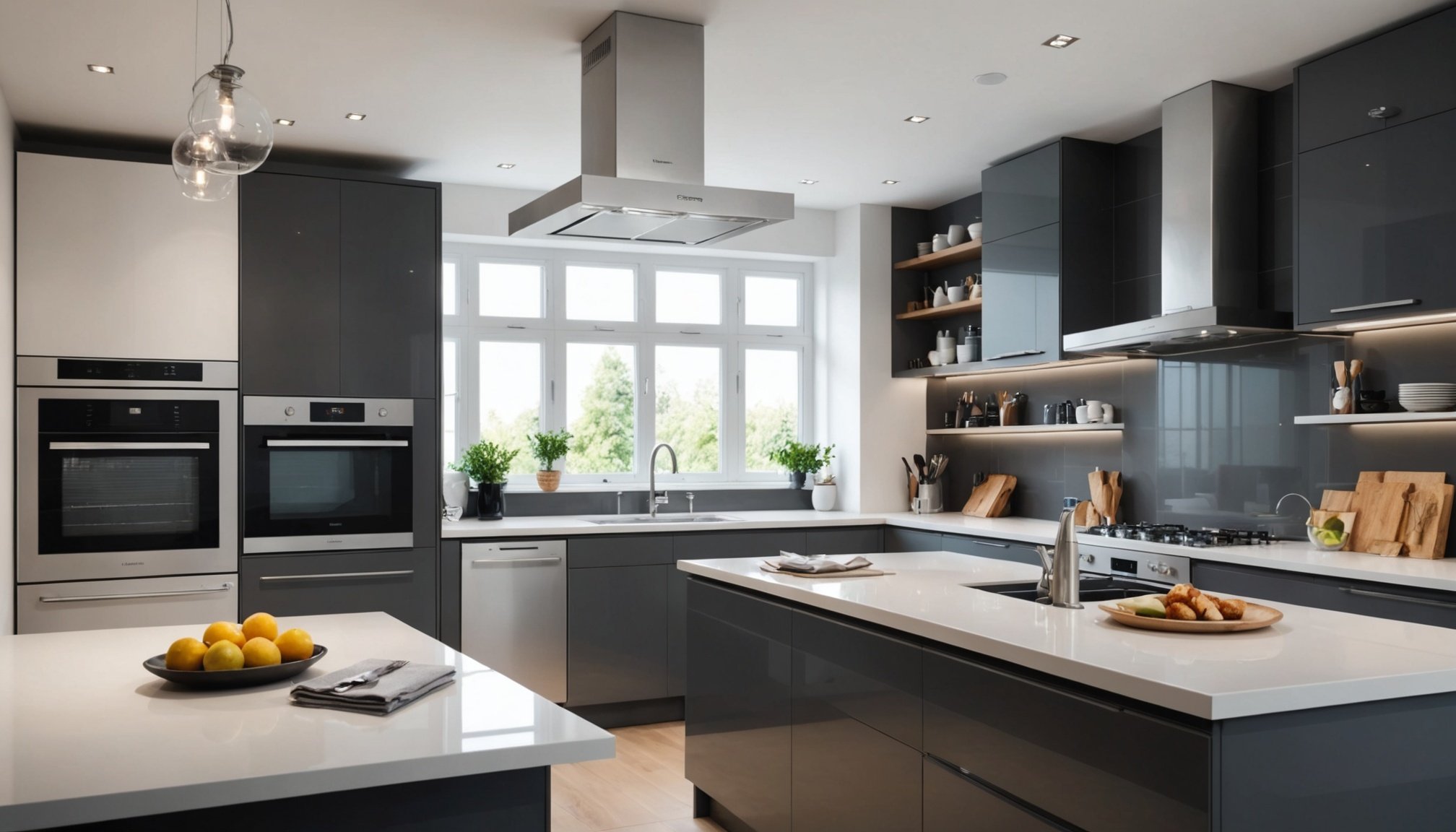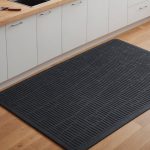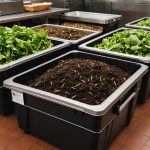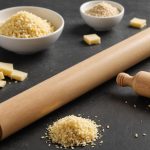Importance of Kitchen Air Quality
Quality air in the kitchen is pivotal for maintaining overall health and well-being. Air quality directly impacts respiratory health, with the kitchen being a common source of pollutants. Cooking releases harmful compounds like nitrogen dioxide and carbon monoxide, which can aggravate respiratory conditions and contribute to broader health issues. Ensuring proper kitchen ventilation helps mitigate these risks, promoting a healthier living environment.
Several common pollutants originate from kitchen activities, such as smoke, grease particles, and volatile organic compounds (VOCs) that arise from cooking and cleaning products. These pollutants not only affect the air quality but can also linger on surfaces, posing additional health risks.
In parallel : Top UK Ovens with Exceptional Self-Cleaning Technologies: A Comprehensive Guide
Improving kitchen ventilation offers numerous health benefits for homeowners, such as reducing exposure to pollutants and allergens. By implementing efficient exhaust systems or even simple measures like opening a window, the air quality in kitchens can be significantly enhanced. This proactive approach aids in eliminating odours and reducing humidity, contributing to a more pleasant and safe home atmosphere while protecting household health.
Effective Ventilation Solutions
Proper kitchen ventilation is crucial for maintaining a healthy and comfortable cooking environment. An effective ventilation system removes odours, reduces moisture, and prevents the build-up of harmful pollutants. To achieve this, many kitchens rely on extractor fans.
Topic to read : Discover the Cutting-Edge Advancements in Kitchen Thermometers in the UK
Types of Extractor Fans
Extractor fans vary in type and efficiency. Some are mounted under cabinets, while others, like downdraft extractors, are integrated into countertops. Each type has its benefits. For instance, wall-mounted fans are excellent for removing heavy smoke, whereas island fans are ideal for open kitchens where cooking stations are centralised.
Enhancing Natural Airflow
In addition to mechanical solutions, promoting natural airflow can significantly improve kitchen ventilation. Opening windows and doors regularly allows fresh air to circulate, diluting indoor pollutants. Positioning your kitchen layout to facilitate cross-ventilation is a simple yet effective strategy. Integrating louvre windows or adjustable vents can further enhance airflow without the need for additional energy use.
Key Considerations
When choosing a ventilation solution, consider the kitchen’s size, cooking habits, and the specific needs of your household. By investing in a reliable extractor fan and optimizing natural airflow, you can ensure a healthier and more pleasant kitchen experience.
Air Purifying Methods
When looking to improve indoor air quality, a variety of air purifiers are available to consumers. These devices use different mechanisms to clean the air, such as HEPA and activated carbon filters, which are particularly effective in removing dust, pollen, and smoke. For those seeking a natural approach, indoor plants can be an excellent addition. Plants like snake plants and peace lilies are known to absorb pollutants and release oxygen, making them a dual purpose aesthetic and functional choice for homes.
Filtration systems specifically designed for kitchens can significantly enhance air quality by efficiently removing odours, smoke, and airborne grease. Choosing the right system often involves understanding the specific issues you’re facing and the layout of your kitchen. HEPA filters are recommended for removing the finest particles, while activated carbon filters are excellent for neutralizing odours.
To ensure the best results, it’s essential to regularly maintain these devices and replace filters as required. Combining multiple air purifying methods can lead to cleaner and healthier indoor environments, tailored to your individual needs and preferences.
Use of Non-Toxic Materials
In today’s world, the kitchen is a hub of activity and the materials we use can greatly impact our health. Many kitchens contain products with volatile organic compounds (VOCs) that can compromise air quality. VOCs are often found in products like adhesives, paints, and some kitchenware. These compounds can release harmful gases that lead to respiratory issues and other health problems.
Opting for non-toxic materials in your kitchen can significantly enhance your well-being. Non-toxic and eco-friendly kitchen products are free from harmful chemicals, making them safer choices for food preparation and storage. By using these products, you also contribute to reducing indoor air pollution.
Here are some practical tips to minimise exposure to VOCs in your kitchen:
- Choose paints and sealants that are VOC-free.
- Use cookware made from natural materials like stainless steel or cast iron, rather than Teflon-coated pans.
- Ventilate your kitchen well during cooking and cleaning activities.
Making informed decisions by selecting safe kitchen products not only benefits personal health but also promotes a more sustainable environment. Embracing these changes fosters a healthier lifestyle while supporting ecological well-being.
Regular Maintenance Practices
Ensuring kitchen maintenance is not only about appearance but crucial for maintaining air quality. Regular cleaning helps to reduce pollutants such as dust and cooking fumes. High levels of these pollutants can negatively impact indoor air quality, affecting health. Consistently wiping down surfaces, including appliances and countertops, can significantly mitigate this risk. Using natural cleaning solutions helps to avoid introducing additional chemicals into the environment.
Monitoring indoor air quality is another essential practice in maintaining a healthy space. Advanced tools, such as electronic air quality monitors, can measure pollutants like carbon dioxide, humidity, and volatile organic compounds (VOCs). These monitors provide real-time feedback, allowing residents to identify issues promptly and address them before they become hazardous.
Cleanliness directly correlates with air quality. Keep windows open whenever possible to promote ventilation. Additionally, regularly servicing kitchen appliances like exhaust fans ensures they effectively remove smoke and odours.
By focusing on these maintenance practices, not only can the cleanliness of the kitchen be improved, but it also helps in maintaining a safe and healthy living environment.
Local Regulations and Guidelines
Understanding the UK regulations and indoor air quality guidelines is essential for maintaining a safe environment, particularly in the kitchen. In the UK, there are specific laws designed to safeguard the health and safety of homeowners and occupants.
Relevant legislation includes the Building Regulations Part F, which sets standards for ventilation in buildings. These regulations ensure that adequate ventilation is provided to control moisture and pollutants, especially in areas like kitchens. Proper kitchen ventilation not only prevents damage from moisture but also ensures compliance with health and safety standards. Failure to comply can lead to health risks and potential legal consequences.
For homeowners, resources such as the Health and Safety Executive (HSE) provide detailed guidelines on maintaining air quality. They offer advice on achieving adequate ventilation and improving indoor air quality, ensuring you meet the required standards.
Staying informed about these guidelines and regulations is critical. Regularly checking updates from local councils can help ensure that your kitchen ventilation system remains compliant with current norms. Moreover, consulting with certified professionals for installation and maintenance can provide additional assurance of meeting all necessary legal requirements.











